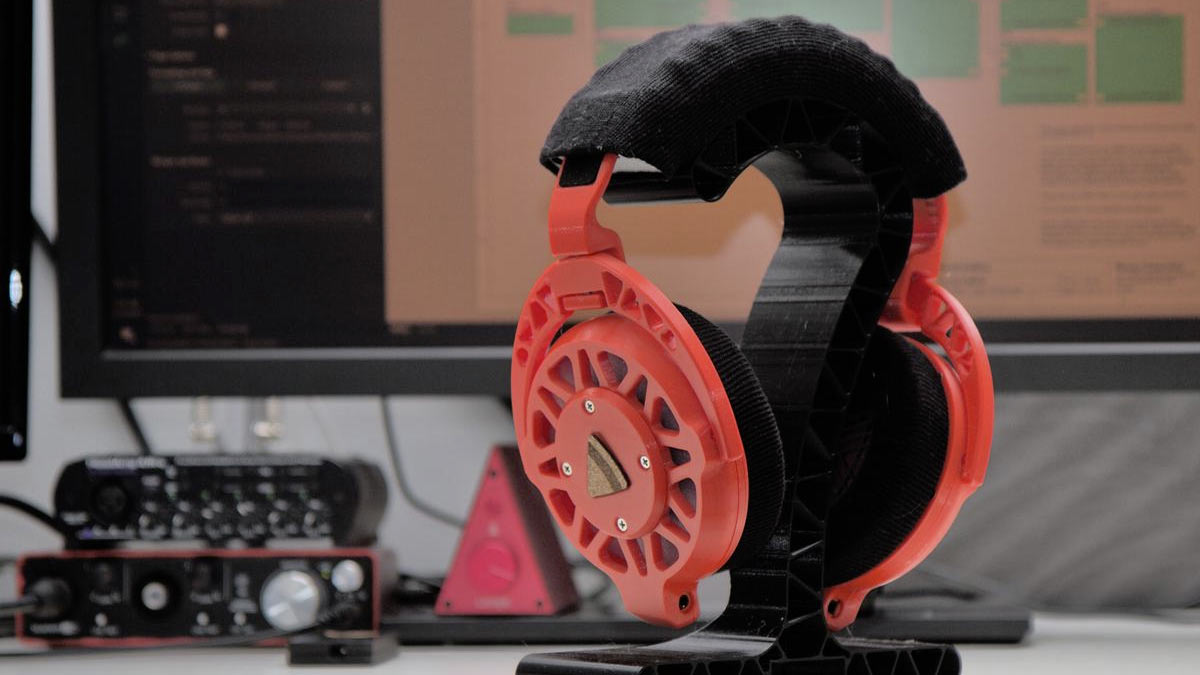
DIY Headphone Kit Will Test Your 3D Printing, Soldering Skills
Many Tom’s Hardware readers are familiar with building PCs, customizing or assembling mechanical keyboards and even with 3D printing the odd component. Canada’s Ploopy would like to catch a ride on this adventurous tech DIY trend, and for audiophiles to enjoy headphones based on its open-source designs promising “studio monitor frequency response, out of the box.”
The amusingly named cans are available now in a number of forms from the Ploopy shop. You can get a full kit of components for CAD $150, or you can get a fully assembled set of headphones for CAD $300. There is even a headphone refresh kit with new padding parts which will be useful for maintenance. (All headphone products sold are pre-order only at the time of writing.)
Importantly, as befits an open source community driven project like this, you don’t need to buy anything. Ploopy provides links to source code, documentation, and all instructions – so you can build upon the Ploopy design and firmly embrace the DIY and maker philosophy.
That will involve some patience. Several steps have to be done right the first time, and you have to be handy with a soldering iron.
So, what do you get if you make or buy these headphones? Ploopy is quite confident in its audiophile claims, and this is likely driven by the backing of its audiophile Reddit community which drove the project forward from concept to creation. It says that the planar magnetic design open-back headphones with built-in DAC and EQ can offer listeners studio quality audio. Behind this claim is the use of 3D-printed metamaterials and digital signal processing provided by the PCM3060 DAC. The DAC and RP2040 controller work in harmony to deliver up to 192kHz sampling and 24-bit audio with up to six digital filters of any kind.

Is Ploopy’s first headphones product the audio equivalent of the IBM PC standard? Probably not, but it isn’t a bad path to wander down with a 3D printer. Moreover, if you like the Ploopy’s implementation of this open source headphones project, it may be worth a look at its multiple trackball and mouse projects.


